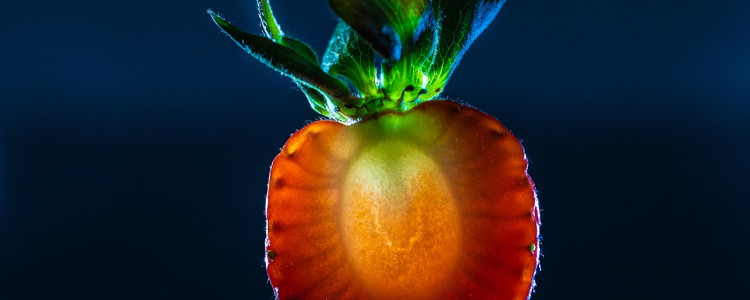Strawberries, known for their vibrant color and sweet flavor, play a significant role in promoting global biodiversity. These berries not only contribute to agricultural diversity but also foster cultural variations across regions.
A Botanical Wonderland
There are over 600 species of strawberries worldwide, which come in various shapes, sizes, and flavors. Notable varieties include:
- Fragaria × ananassa — The common garden strawberry.
- Fragaria vesca — The wild strawberry, known for its fragrant and petite berries.
- Fragaria chiloensis — The beach strawberry, native to the Pacific Coast.
A Cultural Symbol
Beyond their agricultural significance, strawberries are culturally emblematic. They are featured in traditional celebrations and encompass various culinary practices across continents, such as:
- Strawberry festivals in the United States.
- Tartes aux fraises in French cuisine.
- Strawberry daifuku in Japanese treats.
In summary, strawberries encapsulate a multitude of ecological and cultural aspects, highlighting their essential role in global biodiversity.








